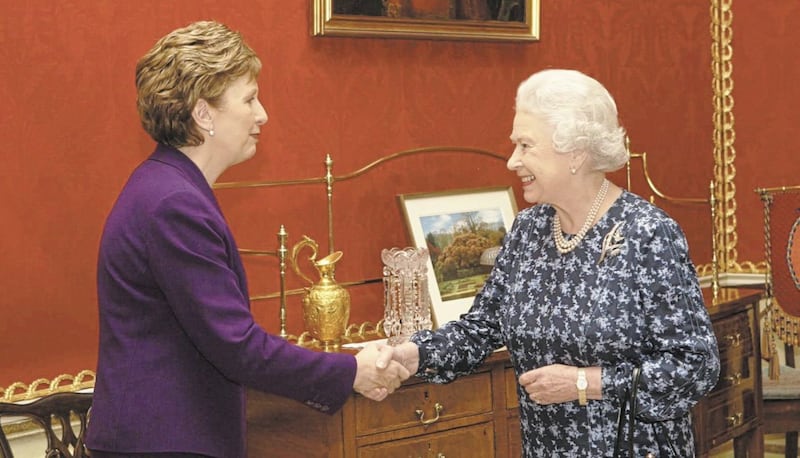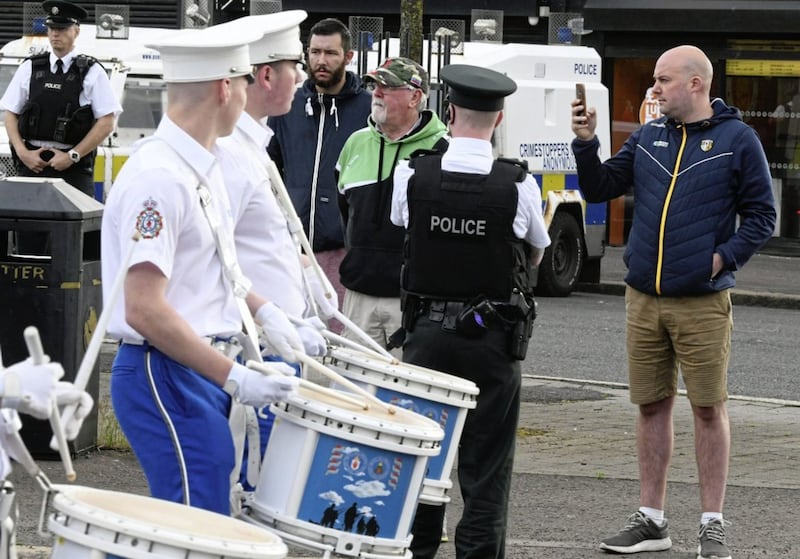A REMARKABLE new book tells the story of a small community riven by violence during the fateful year that marked the start of the Troubles through the stories of 14 neighbours whose journeys would take them to the infamous Maze Prison, the RUC, the British Army, peace building and even Áras an Uachtaráin. Bimpe Archer reports.
ONE marching season flashpoint after another fizzled out - yet one remained, a focus of anger, frustration and sectarian hatred every year on the Twelfth of July.
To many on the outside looking in, the failure to reach accommodation at Ardoyne was baffling in the context of wider grudging conciliation across Northern Ireland.
What they didn't realise is that the north Belfast enclave is a fulcrum of the Troubles and so, as long as three decades of trauma remains unresolved, peace between the community and its neighbours would continue to be elusive.
As a newly-published book `Ardoyne ’69: Stories of Struggle and Hope' makes plain, to understand Ardoyne is to understand the Troubles and its bitter aftermath - and the only way to understand Ardoyne is to understand its people, men, women and children packed into a warren of interconnecting streets with multiple points of view of a single shared experience.
"Ninety-nine people lost their lives in that square mile," author Brian McKee explains.
"No other community would compare in that within such a small area. So many other people were killed in Ardoyne - British soldiers, RUC officers. People were killed as a result of actions carried out from Ardoyne. It both endured suffering and also inflicted suffering."
The peace and reconciliation facilitator still lives in the area where he is a well-known face and heavily involved in community life, including Ardoyne Kickham's GAC, which forms a connection to 10 of the 14 interviewees.
Among them are Brendan 'Bik' McFarlane, commander of the IRA in Long Kesh during the 1981 Hunger Strikes; Brian McCargo, a former RUC and PSNI officer; former Irish President Mary McAleese; Sharon O'Connor, chair of the Education Authority and Cathal Goan, former Director General of RTE.
McKee painstakingly transcribed the recorded interviews and edited them into the coherent individual narratives that make up the book - a labour of love that has taken three years to complete.
"I said don't just tell me about the Troubles. I know what you did during the Troubles. Tell me about you, where did it all start?"
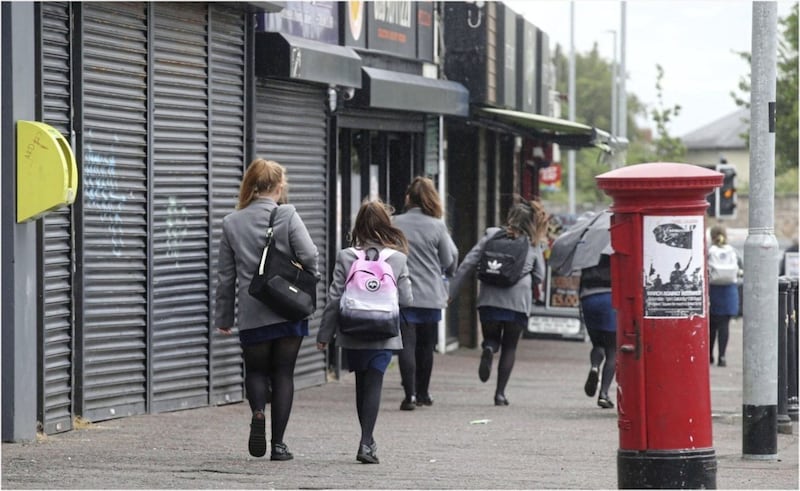
What emerges is an intimate snapshot of young working class lives at the end of a decade of hope.
There are fascinating nuggets of social history, with McCargo recalling a time when his classroom Holy Cross Boys' Primary School was "a wooden structure known as the Annex... by an old mill stream at the bottom of Butler Street" before he moved up to "old Nissen huts which, because they had a playground, appeared to be quite modern".
McFarlane tells the story behind his nickname - not by using a ballpoint pen to write up the musings of Gerry Adams as `Brownie' for An Phoblacht, but from his time as an altar boy in Holy Cross Monastery, which provided a steady supply of the monks' `MacFarlane Lang' biscuits (or bikkies).
Rab McCallum, a former IRA prisoner who is now a community activist working with loyalist leaders to dismantle the peace walls, describes the fierce local rivalry between and sometimes within roads such as Chatham Street, which residents divided into three sections "top, middle and bottom - known locally as Heaven, Purgatory and Hell".
"The section of the street you lived on, though, often made a big difference. I lived in the top end of Elmfield Street, and we were fortunate to have baths in our house. The houses in the bottom end didn't have a bath.
"But while we had a bath we had no hot water, and our house still had an outside toilet."
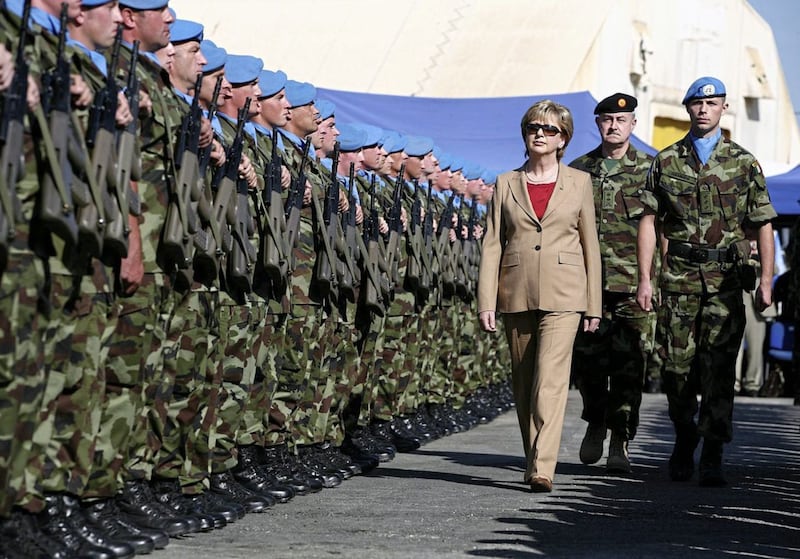
Ciarán Goan, who would go on to join the vigilante Citizens' Defence Committee, tells of being "aware of the vitriol that was there when (loyalists) were allowed to stop outside Holy Cross Church (and ) the things they were saying. It was just unreal", but also going to the Glentoran Supporters' Club annual Christmas party in an Orange Hall which "had a great Santa Claus".
"My father thought nothing of that because, although it was in a ‘loyalist’ area, he knew and trusted the people. To be honest, they took care of us while we were there. There was never a word said against us. This was in the late fifties or early sixties, before the tension started to rise."
The book pivots around the summer of 1969, three days in August when everything changed and 51 years later McKee has to pause to collect himself several times while talking about them.
Historian Eamon Phoenix brands the events of August 14-16 "horrendous"; they followed months of building pressure from loyalist paramilitary group the Woodvale Defence Association, which ordered Catholic families out of the area on the edge of Ardoyne district, with Protestant families who had lived in Ardoyne for generations moving into the houses left behind.
McCargo recalls "the Protestants in Hooker Street having to move out of their homes. I will never forget that. It was like a scene from 'Fiddler on the Roof.'
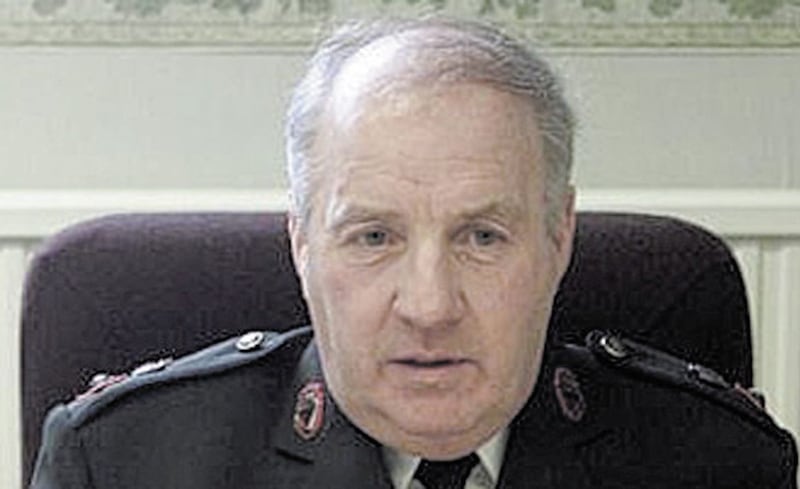
The Protestants had to get out of Hooker Street, because the Catholics were being put out of their homes on the other side of the Crumlin Road... It was absolutely heart-breaking watching as they loaded vans, hand carts and horse-drawn carts with their possessions and moved to the other side of the road".
McKee writes "as August progressed, we witnessed a community becoming increasingly divided as long-held but sleeping sectarian attitudes awakened, and found violent expression as old political and sectarian sores reopened in a new context".
The older generation were alarmed that they were witnessing a repeat of the `pogroms' of the 1920-30s which had left many of them homeless, their fears not allayed by escalating violence.
McAleese, then 18, describes coming home after a celebratory meal for her A-level results to witness the `B' Specials setting fire to homes, while Anne Tanney - who would go on to become Holy Cross Girls' Primary School principal - tells of groups of men with white armbands trying to set fire to the Catholic church in what she feared was "a determined attempt by loyalist gangs to wipe out the Catholic population".
Cathal Goan said he saw "the RUC, along with thugs, lighting petrol bombs and throwing them into houses of neighbours" followed by heavy machine-gun fire from the police.
McCargo remembers Sammy McLarnon "a classmate of mine... shot dead looking out the window of his living room in Herbert Street" and the whole area looking like "the Blitz".
"What I found so interesting was how did people who experienced the same events remember it differently," McKee says of the accounts.
"None of them are telling lies but they are giving different versions, interpreting it differently. It was the same three days but everyone experienced it differently."
Among those manning the barricades were former members of the British army and the GAA club and old IRA men from the 1940s - the IRA "came later". Even future RUC officer McCargo "took my turn out on the streets for a few hours each night keeping watch".
"If you wanted to join the IRA you knew where to go, if you wanted to join Citizens' Defence Committee you went to the GAA," McKee says.
Most contributors `knew of each other', such was the span of their ages - with McKee himself just 10 and McCargo 27 - but some had closer friendships.
McFarlane knew the future president well as a "great friend" of his younger sister, both playing on the same Ardoyne badminton team, which the future IRA man later joined "to the amusement of some friends".
She references him discreetly in her account.
"People outside the experience of living through the violence are often not able to understand the choices some people made to get involved in the conflict. They don’t understand what might have pushed those choices.
"For example, I think of a young man whom I knew well and played badminton with. He was a really good lad: thoughtful, deeply spiritual, very religious.
"He left Ardoyne to start studies for the priesthood. The summer he came home from seminary, two friends of his were sitting on a bus travelling into town when loyalist paramilitaries shot them dead.
"He joined the IRA and became a well-known figure in the IRA."
However, McFarlane "cannot put my finger on it, or say `Here's why I packed it in, because I had been home on holidays, going out with girls, and that all had to come to an end at some stage...
"Maybe I was getting to the realisation that this was just not for me, but I didn't settle in the same way, or apply myself to my studies in the same way. I was focused on what was happening at home.
"... I think I was bringing a heavy presence with me. It was always in the back of my head. I can look back and ask if I was the kind of person who was cut out for the long haul of heading off to be a missionary, maybe it just wasn't for me, but certainly the experience of 1969 had a huge impact.
"It was an awakening to many people."
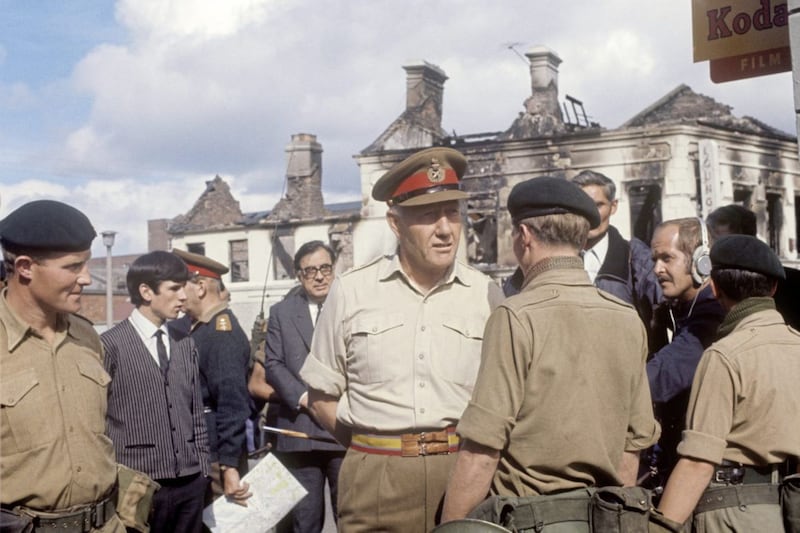
McCargo took a different route: "I was aware in my own mind that there were various ways of dealing with this madness we were living in. I decided to join the police.
"As a young lad from Ardoyne with a Gaelic footballing background I was going to get in there and do my best in everything I did.
"I didn’t think that I was going to change the police, but I did believe that the more Catholics who joined, the better understanding the police would have of the people in Ardoyne and other similar areas."
However, before long he was told not to return to the Kickham's.
"The second most devastating thing to ever happen to me [after the death of his mother] was being told that I was no longer welcome at the Ardoyne Gaelic Club.
"I remember going home and just crying my eyes out. I had given so much to Ardoyne over the years and was left with the question `Why can someone not understand that what I am trying to achieve is, for me, the right way forward? Why can they not see that?'"
